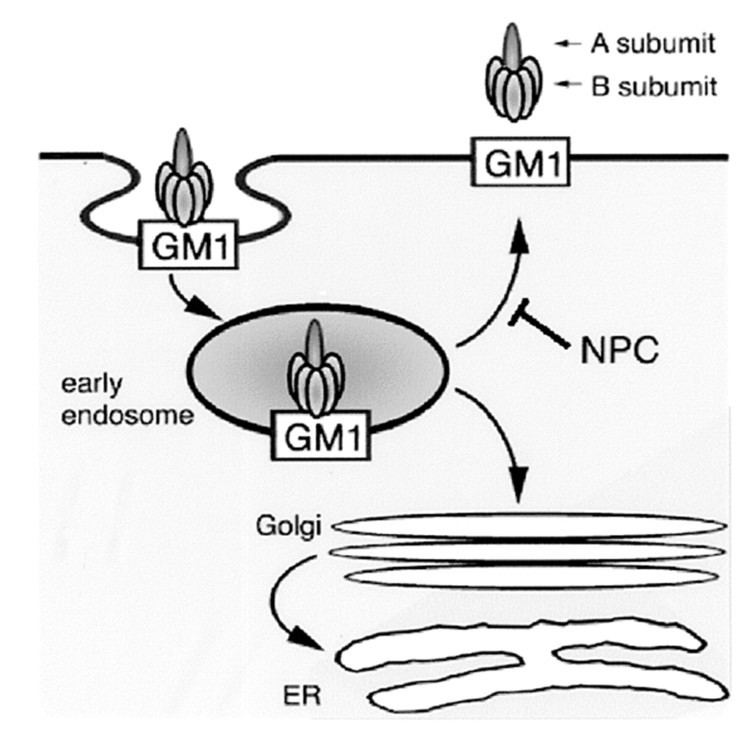Formula C73H131N3O31 | Molar mass 1,546.823 g/mol | |
 | ||
Panasonic gm1 vs sony rx100 mark ii shootout
GM1 (monosialotetrahexosylganglioside) the "prototype" ganglioside, is a member of the ganglio series of gangliosides which contain one sialic acid residue. GM1 has important physiological properties and impacts neuronal plasticity and repair mechanisms, and the release of neurotrophins in the brain. Besides its function in the physiology of the brain, GM1 acts as the site of binding for both Cholera toxin and E. coli heat-labile enterotoxin (Traveller's diarrhea). 6
Contents
- Panasonic gm1 vs sony rx100 mark ii shootout
- A review and look at the panasonic lumix gm1 micro four thirds camera
- GM1 and inherited disease
- GM1 and acquired disease
- GM1 and the cholera toxin
- Therapeutic applications
- References
A review and look at the panasonic lumix gm1 micro four thirds camera
GM1 and inherited disease
Galactosidases are enzymes that breakdown GM1, and the failure to remove GM1 results in GM1 gangliosidosis. GM1 gangliosidosis are inherited disorders that progressively destroys neurons in the brain and spinal cord as GM1 accumulates. Without treatment, this results in developmental decline and muscle weakness, eventually leading to severe retardation and death.
GM1 and acquired disease
Antibodies to GM1 are increased in Guillain–Barré syndrome, dementia and lupus but their function is not clear. There is some evidence to suggest antibodies against GM1 are associated with diarrhea in Guillain–Barré syndrome.
GM1 and the cholera toxin
The bacteria Vibrio cholerae produces a multimeric toxin called the cholera toxin. The secreted toxin attaches to the surface of the host mucosa cell by binding to GM1 gangliosides. GM1 consists of a sialic acid-containing oligosaccharide covalently attached to a ceramide lipid. The A1 subunit of this toxin will gain entry to intestinal epithelial cells with the assistance of the B subunit via the GM1 ganglioside receptor. Once inside, the A1 subunit will ADP ribosylate the Gs alpha subunit which will prevent its GTPase activity. This will lock it in the active state and it will continuously stimulate adenylate cyclase. The sustained adenylate cyclase activity will lead to a sustained increase of cAMP which will cause electrolyte and water loss, causing diarrhea.
The SGLT1 receptor is present in the small intestine. When the cholera patient is given a solution containing water, sodium and glucose, the SGLT1 receptor will reabsorb sodium and glucose, while water will be passively absorbed with the sodium. This will replace the water and electrolyte loss in the cholera-induced diarrhea.
Therapeutic applications
Because of GM1's close role in neurotrophic repair mechanisms, it has been investigated as a potential method to potentially slow or even reverse the progression of a wide range of neurodegenerative conditions. Controlled phase II studies have indicated that GM1 can ease the symptoms of Parkinson's Disease, presumably by countering degeneration of the substantia nigra, and a similar methodology has been pursued to try and limit cellular damage from necrosis and apoptosis occurring after acute spinal cord injury.
